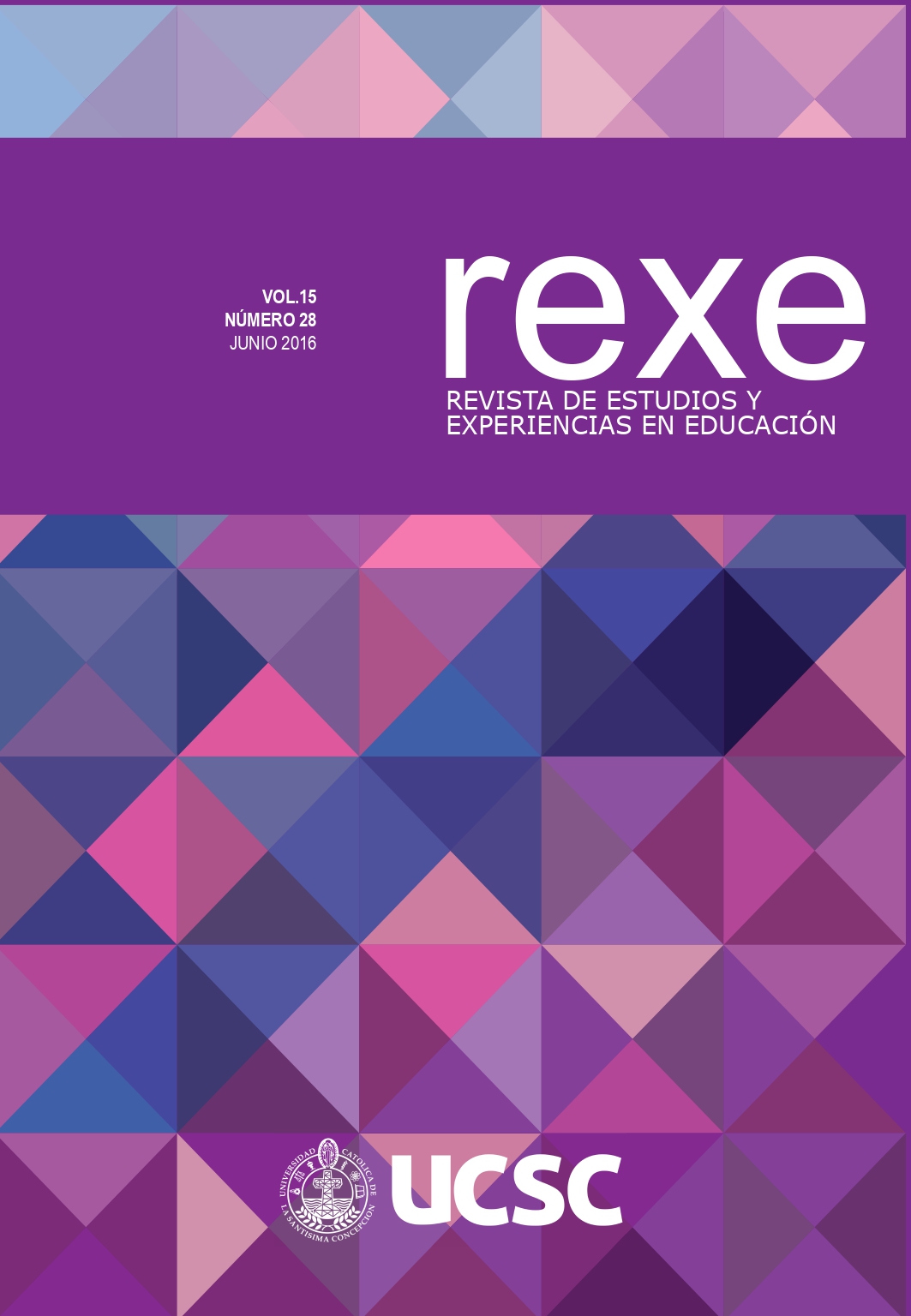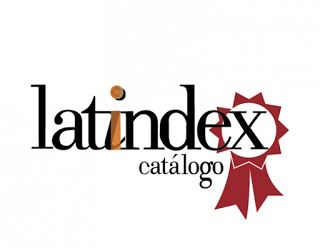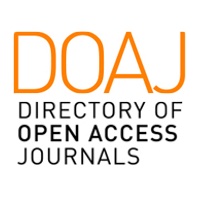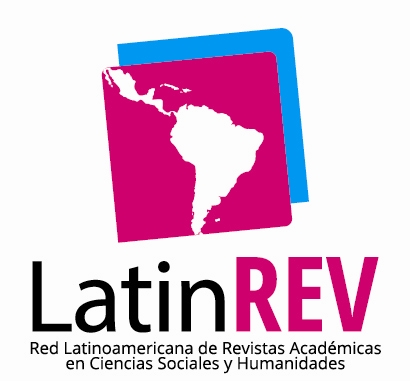La Discusión Grupal y el Marco Mayéutico como Contextos para el Desarrollo de Habilidades Argumentativas
DOI:
https://doi.org/10.21703/rexe.20162855703Resumen
RESUMEN. El presente estudio investigó la factibilidad de utilizar el marco mayéutico, un constructo inédito, como herramienta para evaluar la cantidad y calidad de argumentos producidos por los alumnos, en discusiones denominadas Seminarios Paideia. Se analizaron siete transcripciones de seminarios usando métodos no paramétricos y análisis descriptivos. Los resultados muestran que el marco mayéutico puede facilitar la identiicación de argumentos, su calidad, y favorecer su ocurrencia también en otros contextos de discusión dialógica.
PALABRAS CLAVE. Argumentación, Mayéutica, Pensamiento Crítico, Seminario
doi: 10.21703/rexe.20162855703
Descargas
Referencias
Adler, M. (1982). he Paideia Proposal: An educational manifesto. (On behalf of the Paideia Group. New York: Collier books, Macmillan Publishing Company, 1982.
Adler, M. (1984). he Paideia program. An educational syllabus. New York: Institute for Philosophical Research.
Adler, M. (1998). he Paideia proposal. New York: Touchstone Books.
Almasi, J. (1995). he nature of fourth graders´sociocognitive conlicts in peer-led and teacherled discussions of literature. Reading Research Quarterly, 30 (3) 314-351. DOI: https://doi.org/10.2307/747620
Almasi, J., O’Flahavan, J., y Arya, P. (2001). A comparative analysis of student and teacher development in more and less proicient discussions of literature. Reading Research Quarterly, 36 (2), 96-120. Recuperado de http://www.jstor.org/stable/748297 DOI: https://doi.org/10.1598/RRQ.36.2.1
Alvermann, D., O’Brien, D., y Dillon, D. (1990).What teachers do when they say they’re having discussions of content area reading assignments? A qualitative analysis. Reading Research Quarterly, 25 (4) 296-322. Recuperado de http://www.jstor.org/stable/747693 DOI: https://doi.org/10.2307/747693
Alvermann, D., Young, J., y Weaver, D. (1996). Middle and high school students´ perceptions of how they experience text-based discussions: a multicase study. Reading Research Quarterly, 31, 244-267. DOI: https://doi.org/10.1598/RRQ.31.3.2
Anderson, R. C., Chinn, C., Waggoner, M. A., y Nguyen, K. (1998). Intellectuallystimulating story discussions. In J. Osborn & F. Lehr (Eds.) Literacy for all: issues in teaching and learning. (170-199)
New York: Guilford.
Bakhtin, M. (1981). he dialogic imagination: four essays. University of Texas Press, Austin.
Barrio, J. M. (2006). Educación, lenguaje y realidad. Una propuesta socrática frente al nihilismo.Educación y Educadores, 9 (1) 55-72.
Bellack, A., Kliebard, H., Hyman, R., y Smith, F. (1966). he language of the classroom. New York:Teachers College Press.
Billings, L., y Fitzgerald, J. (2002). Dialogic Discussion and the Paideia Seminar. American Educational Research Journal, 907-941. DOI: https://doi.org/10.3102/00028312039004905
Billings, L., y Roberts, T. (2006). Planning, practice, and assessment in the seminar classroom.he High School Journal, 90 (1), 1-8. DOI: https://doi.org/10.1353/hsj.2006.0009
Boyd, M., y Rubin, D. (2006). How contingent questioning promotes extended student talk: a function of display questions. Journal of Literacy Research, 38 (2), 141-169. DOI: https://doi.org/10.1207/s15548430jlr3802_2
Bridges, D. (1979). Education, democracy, and discussion. Windsor, England. National Foundation for Educational Research.
Cazden, C. B. (1988). Classroom discourse: he language of teaching and learning. Portsmouth,NH:Heinemann.
Chinn, C., Anderson, R. C., y Waggoner, M. (2001). Patterns of discourse during two kinds of literature discussion. Reading Research Quarterly, 36, 378-411. DOI: https://doi.org/10.1598/RRQ.36.4.3
Clark, D., Sampson, V., Weinberger, A., y Erkens, G. (2007). Analytic frameworks for assessing dialogic argumentation in online learning environments. Educational Psychology Review, 19, 343-374. doi:10.1007/s10648-007-9050-7 DOI: https://doi.org/10.1007/s10648-007-9050-7
Clark, D., y Sampson, V. (2008). Assessing dialogic argumentation in online environments to relate structure, grounds, and conceptual quality. Journal of Research in Science Teaching, 45(3), 293-321. doi:10.1002/tea.20216 DOI: https://doi.org/10.1002/tea.20216
Copeland, M. (2004). Socratic Circles: Fostering Critical and Creative hinking in Middle and High School. Portland, Maine. Stenhouse Publishers.
Eeds, M., y Wells, D. (1989). Grand Conversations: an exploration of meaning construction in literature study groups. Research in the teaching of English, 23, 4-29. DOI: https://doi.org/10.58680/rte198915526
Eemeren, F. H., y Grootendorst, R. (2003). A Pragma-dialectical Procedure for a Critical Discussion. Argumentation 17, 365-386. DOI: https://doi.org/10.1023/A:1026334218681
Eemeren, F.H., Houtlosser, P., y Snoek, A.F. (2007). Dialectical proiles and indicators of argument moves. In H.V. Hansen, et. al. (Eds.), Dissensus and the Search for Common Ground, CDROM (pp.1-17). Windsor, ON: OSSA.
Erduran, S., Simon, S., y Osborne, J. (2004). TAPping into argumentation: evelopments in the application of Toulmin’s argument pattern for studying science discourse. Science Education, 88,915-933. DOI: https://doi.org/10.1002/sce.20012
La discusión grupal y el marco Mayéutico Goldstein, M., Crowell, A., y Kuhn, D. (2009). What constitutes skilled argumentation and how
does it develop? Informal Logic 29 (4), 379-395.
Jaeger, W. (1965). Paideia. he Ideals of Greek Culture. New York: Oxford University Press.
Kim, I. H., Anderson, R. C., Nguyen-Jahiel, K., y Archodidou, A. (2007). Discourse patterns during children’s collaborative online discussions. Journal of the Learning Sciences, 16 (3), 333- 370. doi:10.1080/10508400701413419 DOI: https://doi.org/10.1080/10508400701413419
Kuhn, D., y Udell, W. (2003). he Skills of Argument. Child Development, 74 (5), 1245-1260. DOI: https://doi.org/10.1111/1467-8624.00605
Lin, T. J., y Anderson, R. C. (2008). Relections on Collaborative Discourse, Argumentation, and Learning. Contemporary Educational Psychology, 33: 443–448. DOI: https://doi.org/10.1016/j.cedpsych.2008.06.002
Maloney, J., y Simon, S. (2006). Mapping children´s discussion of evidence in science to assess collaboration and argumentation. International Journal of Science Education, 28 (15), 1817-1841.
doi:10.1080/09500690600855419 DOI: https://doi.org/10.1080/09500690600855419
Means, M., y Voss, J. (1996).Who reasons well? Two studies of informal reasoning among children of diferent grade, ability, and knowledge levels. Cognition and Instruction, 14 (2), 139-178. DOI: https://doi.org/10.1207/s1532690xci1402_1
Ministerio de Educación de Chile. (2011). Resultados PISA 2009 Chile. Competencias de los Estudiantes Chilenos de 15 años en Lectura, Matemáticas y Ciencias. Santiago.
Mondolfo, R. (1998). Socrates. Buenos Aires:Argentina. Eudeba.
Nelson, J., y Nystrand, M. (2001, November). Taking risks, negotiating relationships: One
teacher’s transition toward a dialogic classroom. Research in the Teaching of English, 36, 249-286.
Nystrand, M., Gamoran, A., Kachur, R., y Pendergast, C. (1997). Opening Dialogue. Understanding the dynamics of language and learning in the English classroom. New York: Teachers College Press.
Nystrand, M. (2006). Research on the role of classroom discourse as it afects reading comprehension. Research in the Teaching of English, 40, 392-412. DOI: https://doi.org/10.58680/rte20065107
Nussbaum, E.M. (2008). Collaborative discourse, argumentation, and learning: preface and literature review. Contemporary Educational Psychology, 33, 345-359. DOI: https://doi.org/10.1016/j.cedpsych.2008.06.001
OECD (2009). PISA 2009 Results Volume I, What Students Know and Can Do: Student Performance in Reading, Mathematics, and Science.
OECD (2012). Education at a Glance 2012: OECD Indicators, OECD Publishing. Recuperado de http://dx.doi.org/10.1787/eag-2012-en DOI: https://doi.org/10.1787/eag-2012-en
Orellana, P. (2008). Maieutic frame presence and degree of quantity and quality of argumentation in a Paideia Seminar. Unpublished doctoral dissertation. he University of North Carolina at Chapel Hill.
Orellana, P. (2015). Using the seminar format to explore preservice teachers’ argumentative abilities in English as a foreign language. GIST Education and Learning Research Journal, 10, 51-73. DOI: https://doi.org/10.26817/16925777.267
Osborne, J., Erduran, S., y Simon, S. (2004). Enhancing the quality of argumentation in science classrooms. Journal of Research in Science Teaching, 4 (10), 994-1020. DOI: https://doi.org/10.1002/tea.20035
Pontecorvo, C., y Girardet, H. (1993). Arguing and reasoning in understanding historical topics. Cognition and Instruction, 11, 365-395. DOI: https://doi.org/10.1207/s1532690xci1103&4_12
Reznitskaya, A., Anderson, R. C., McNurlen, B., Nguyen-Jahiel, K., Archodidou, A., y Kim, S. Y.(2001). Inluence of oral discussion on written argument. Discourse Processes, 32, 155-175. DOI: https://doi.org/10.1207/S15326950DP3202&3_04
Reznitskaya, A., Anderson, R., y Kuo, L. (2007). Teaching and learning argumentation. he Elementary School Journal, 107 (5), 450-472. DOI: https://doi.org/10.1086/518623
Reznitskaya, A., y Anderson, R. (2006). Analyzing argumentation in rich, natural contexts. Informal Logic, 26 (2), 175-198. DOI: https://doi.org/10.22329/il.v26i2.442
Simon, S., Erduran, S., y Osborne, J. (2006). Learning to teach argumentation: Research and development in the science classroom. International Journal of Science Education, 28 (2-3), 245-260. DOI: https://doi.org/10.1080/09500690500336957
Suthers, J.,Toth, E., y Weiner, A. (1997). An Integrated Approach to Implementing Collaborative Inquiry in the Classroom. Proceedings of Computer Supported Collaborative Learning (CSCL'97), pp. 272-279, December 10-14, 1997, Toronto. DOI: https://doi.org/10.3115/1599773.1599807
Stubbs, M. (1983). Discourse Analysis. he Sociolinguistic Analysis of Natural Language. Worcester, U.K.: he University of Chicago Press.
harp, R., y Gallimore, R. (1998). Rousing Minds to Life: Teaching, learning, and schooling in social context. NY: Cambridge University Press.
Toulmin, S. (1958). he Uses of Argument. London, U.K. Cambridge University Press. En Eemeren, F.H., Houtlossent, y Snoeck, F. (2003). Argumentative Indicators in Discourse: A Pragma Dialectical Study. Dordrecht, he Netherlands: Springer.
Walton, D., y Krabbe, E. (1995). Commitment in dialogue: basic concepts of interpersonal reasoning. Albany: State University of New York Press.
Wersch, J. (1995). Voices of the mind: a sociocultural approach to mediated action. Cambridge, MA: Harvard University Press.
Wood, T. (1999). Creating a Context for Argument in Mathematics Class. Journal for Research in Mathematics Education, 30 (2) 171-191. DOI: https://doi.org/10.2307/749609
Descargas
Publicado
Número
Sección
Licencia
Política de acceso abierto
Esta revista proporciona un acceso abierto inmediato a su contenido, basado en el principio de que ofrecer al público un acceso libre a las investigaciones ayuda a un mayor intercambio global de conocimiento.
Licencia
Revista REXE "Revista de Estudios y Experiencias en Educación" de la Facultad de Educación, Universidad Católica de la Santísima Concepción, está distribuido bajo una Licencia Creative Commons Atribución 4.0 Internacional.






